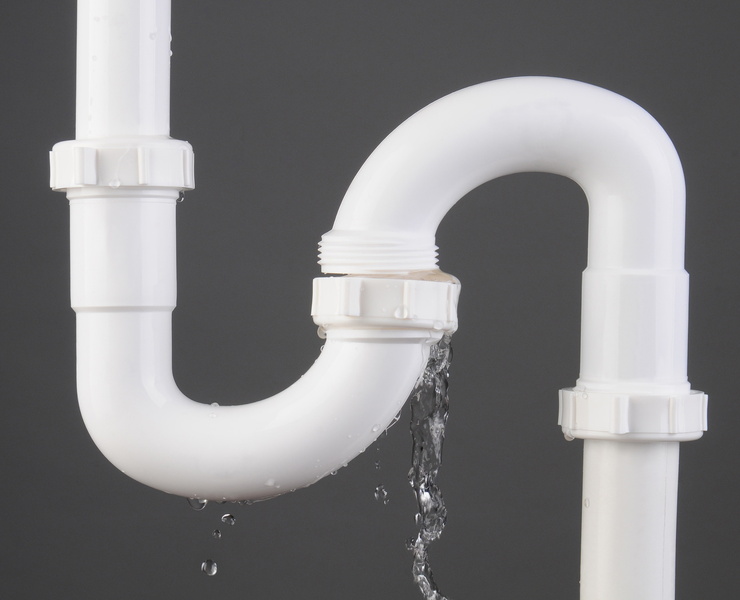This great article following next on the subject of Detecting hidden plumbing leaks is indeed insightful. Read it yourself and decide what you think about it.

Early detection of leaking water lines can minimize a possible disaster. Besides saving you money, it will minimize the irritation and aggravation. The minute you discover a leakage, calling your plumber for repair work is the most effective remedy. Some tiny water leaks might not be noticeable. If you can not spot it with your nude eyes, below are some hacks that help.
1. Examine the Water Meter
Every house has a water meter. Checking it is a proven way that aids you discover leakages. For beginners, turn off all the water sources. Ensure no one will flush, use the tap, shower, run the cleaning maker or dishwashing machine. From there, most likely to the meter and also watch if it will certainly change. Since no person is using it, there must be no activities. That suggests a fast-moving leakage if it moves. If you discover no changes, wait an hour or 2 as well as inspect back once again. This indicates you may have a sluggish leakage that can also be underground.
2. Check Water Usage
If you detect unexpected adjustments, despite your consumption being the same, it means that you have leakages in your plumbing system. An abrupt spike in your expense suggests a fast-moving leak.
A stable increase every month, also with the exact same routines, shows you have a slow-moving leakage that's also gradually intensifying. Call a plumber to thoroughly examine your property, especially if you feel a warm location on your floor with piping beneath.
3. Do a Food Coloring Examination
When it comes to water consumption, 30% comes from bathrooms. If the shade in some way infiltrates your bowl during that time without flushing, there's a leak between the tank and bowl.
4. Asses Exterior Lines
Don't neglect to examine your outside water lines as well. Examination spigots by affixing a yard tube. Needs to water permeate out of the connection, you have a loosened rubber gasket. Replace this and guarantee all links are limited. It will certainly help obtain it expertly analyzed and kept annually if you've obtained a sprinkler system. One tiny leakage can waste tons of water and also surge your water expense.
5. Examine as well as Examine the Scenario
Home owners must make it a behavior to inspect under the sink counters as well as also inside cupboards for any bad odor or mold and mildew development. These two warnings suggest a leak so timely attention is called for. Doing regular evaluations, also bi-annually, can save you from a significant trouble.
If you understand your residence is currently old, maintain a watchful eye on your heating systems, hose pipes, pipes and so on. Check for stainings and compromising as a lot of home appliances and also pipelines have a life expectancy. They will likewise normally weaken as a result of wear and tear. Do not wait for it to intensify if you suspect dripping water lines in your plumbing system. Call a professional plumber as soon as possible so you don't end up with a terrible mess in your home.
Early detection of dripping water lines can minimize a possible calamity. Some tiny water leakages may not be noticeable. Examining it is a surefire means that assists you find leaks. One tiny leakage can squander loads of water and increase your water bill.
If you presume leaking water lines in your plumbing system, do not wait for it to intensify.
WARNING SIGNS OF WATER LEAKAGE BEHIND THE WALL
PERSISTENT MUSTY ODORS
As water slowly drips from a leaky pipe inside the wall, flooring and sheetrock stay damp and develop an odor similar to wet cardboard. It generates a musty smell that can help you find hidden leaks.
MOLD IN UNUSUAL AREAS
Mold usually grows in wet areas like kitchens, baths and laundry rooms. If you spot the stuff on walls or baseboards in other rooms of the house, it’s a good indicator of undetected water leaks.
STAINS THAT GROW
When mold thrives around a leaky pipe, it sometimes takes hold on the inside surface of the affected wall. A growing stain on otherwise clean sheetrock is often your sign of a hidden plumbing problem.
PEELING OR BUBBLING WALLPAPER / PAINT
This clue is easy to miss in rooms that don’t get much use. When you see wallpaper separating along seams or paint bubbling or flaking off the wall, blame sheetrock that stays wet because of an undetected leak.
BUCKLED CEILINGS AND STAINED FLOORS
If ceilings or floors in bathrooms, kitchens or laundry areas develop structural problems, don’t rule out constant damp inside the walls. Wet sheetrock can affect adjacent framing, flooring and ceilings.
https://www.servicemasterbyzaba.com/blog/how-to-detect-water-leakage-in-walls/

As an avid reader on Leaking water lines, I was thinking sharing that excerpt was important. Sharing is nice. Helping people is fun. I enjoy reading our article about Locating water leaks.